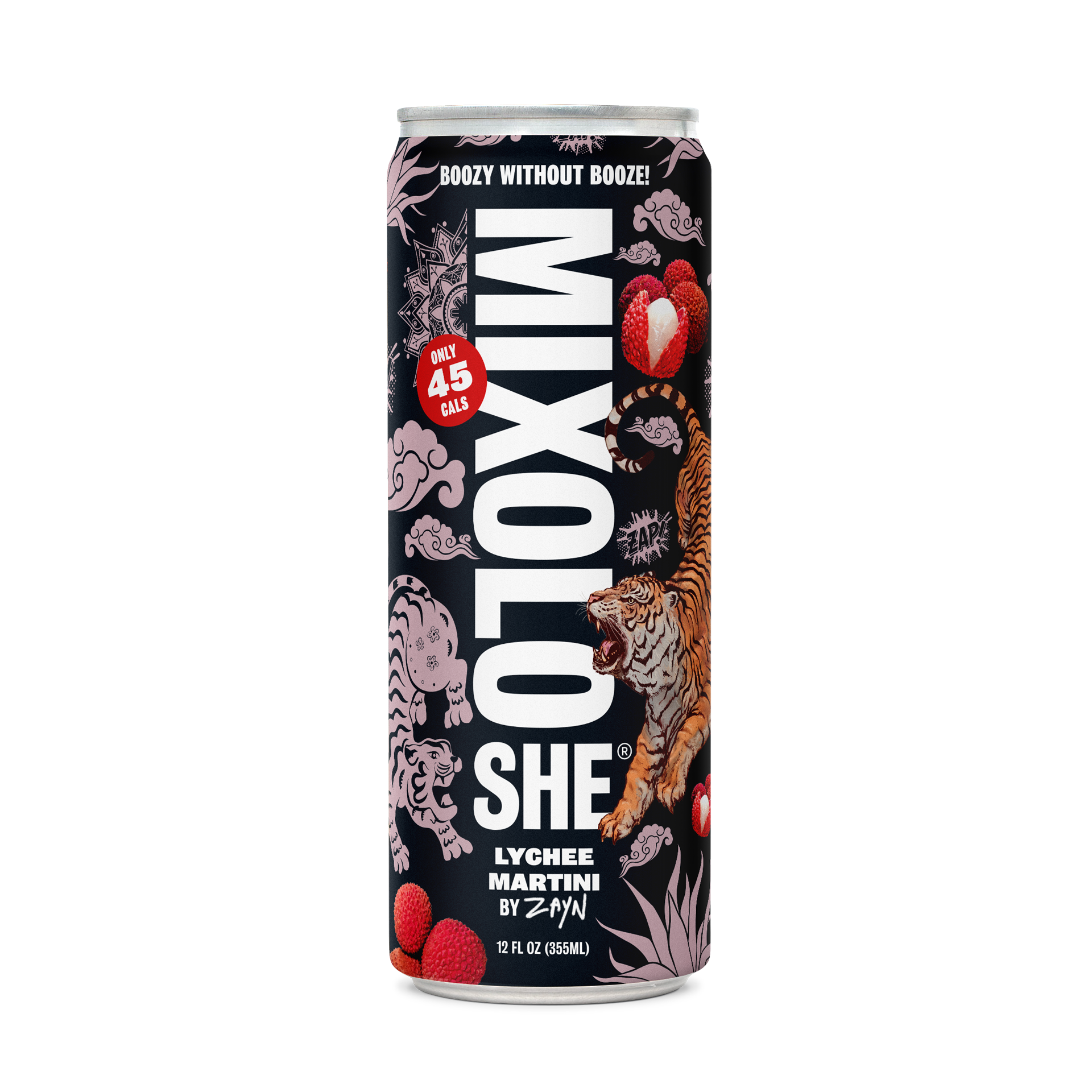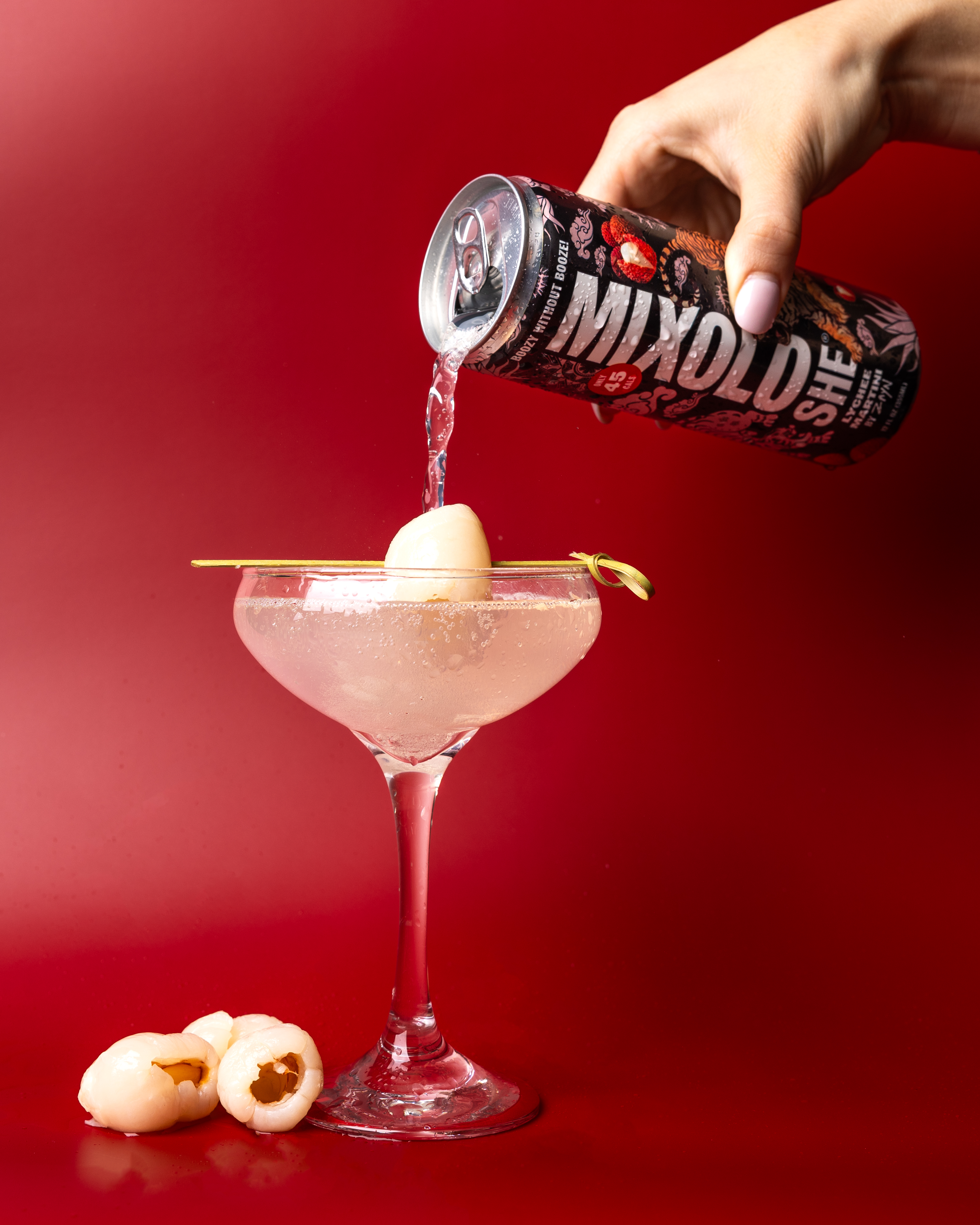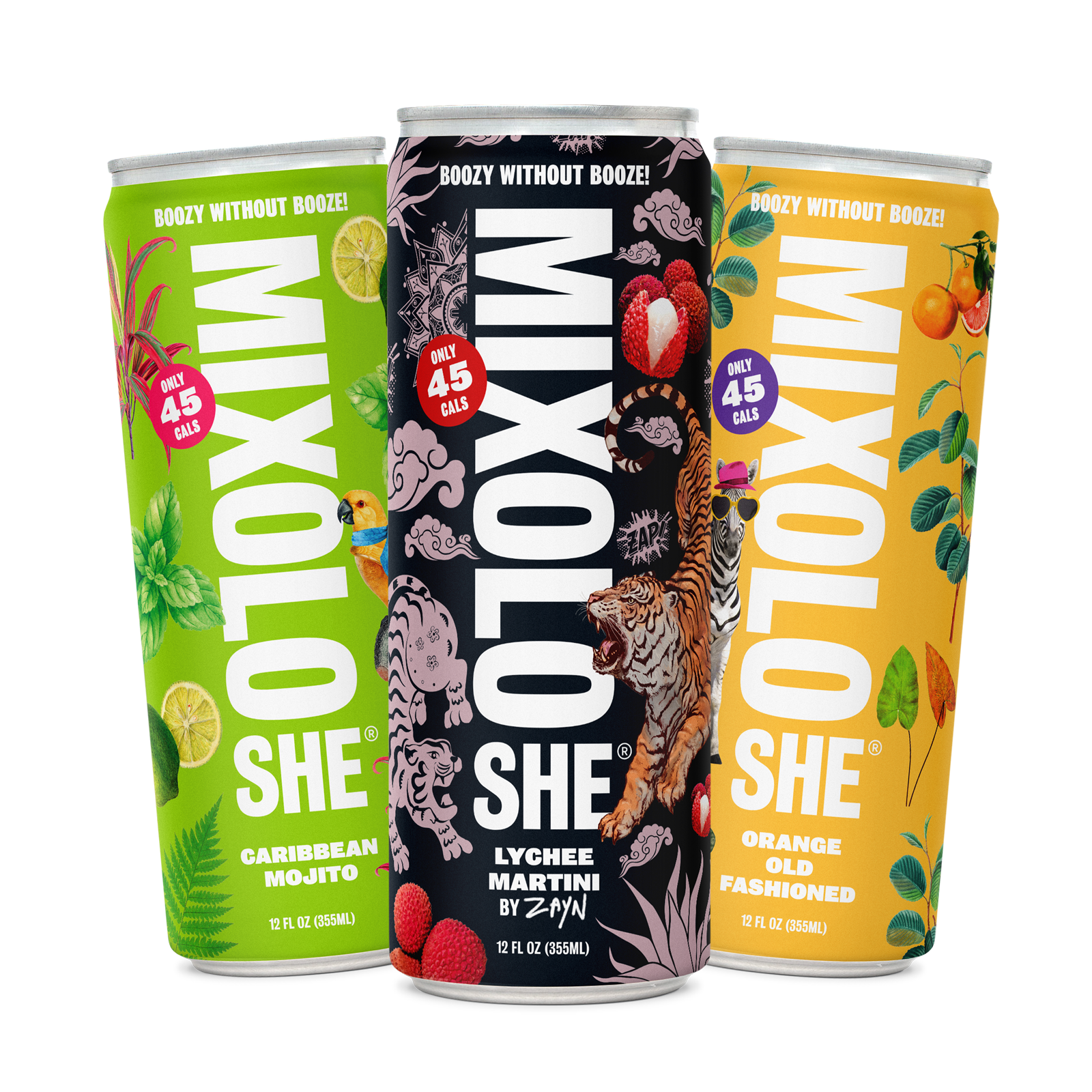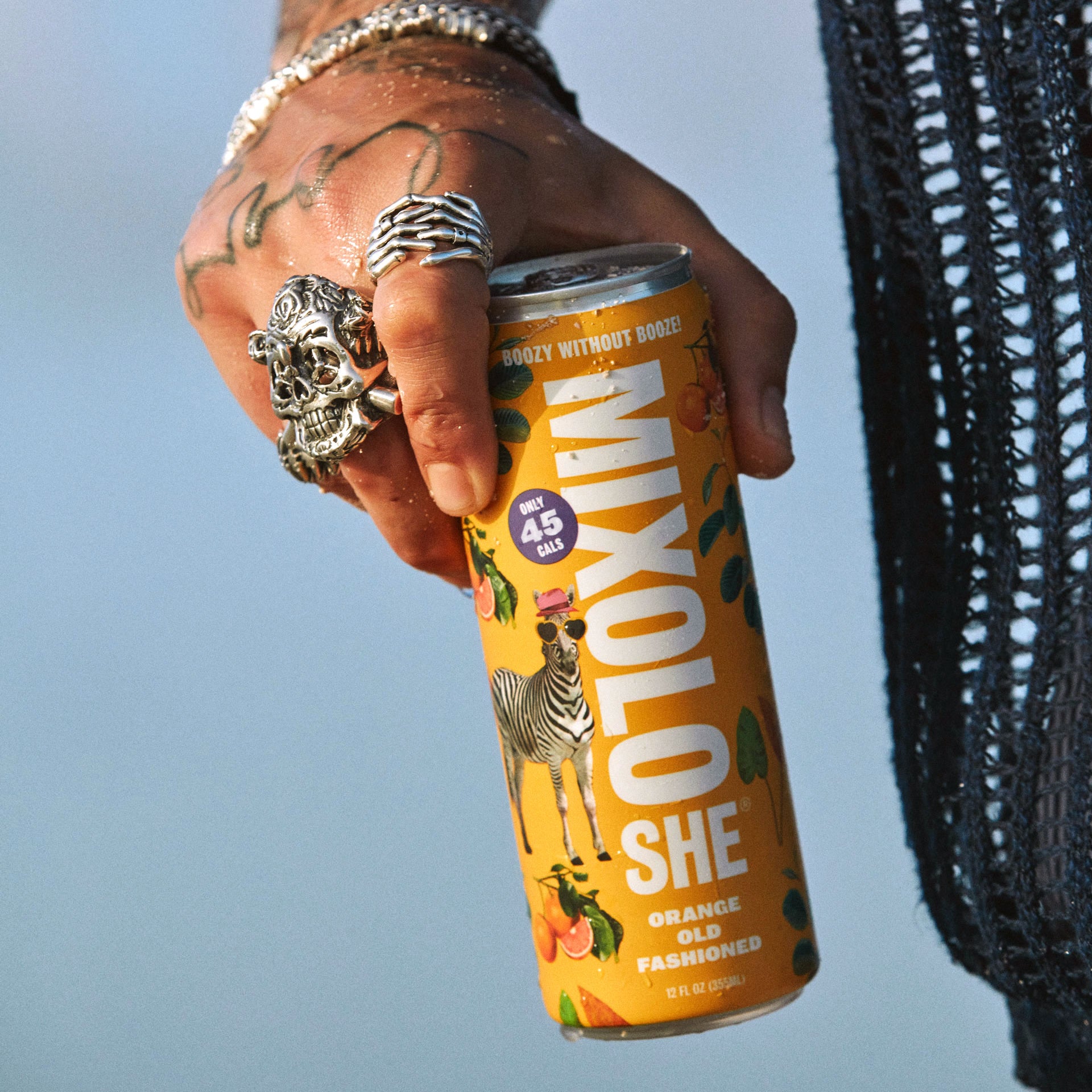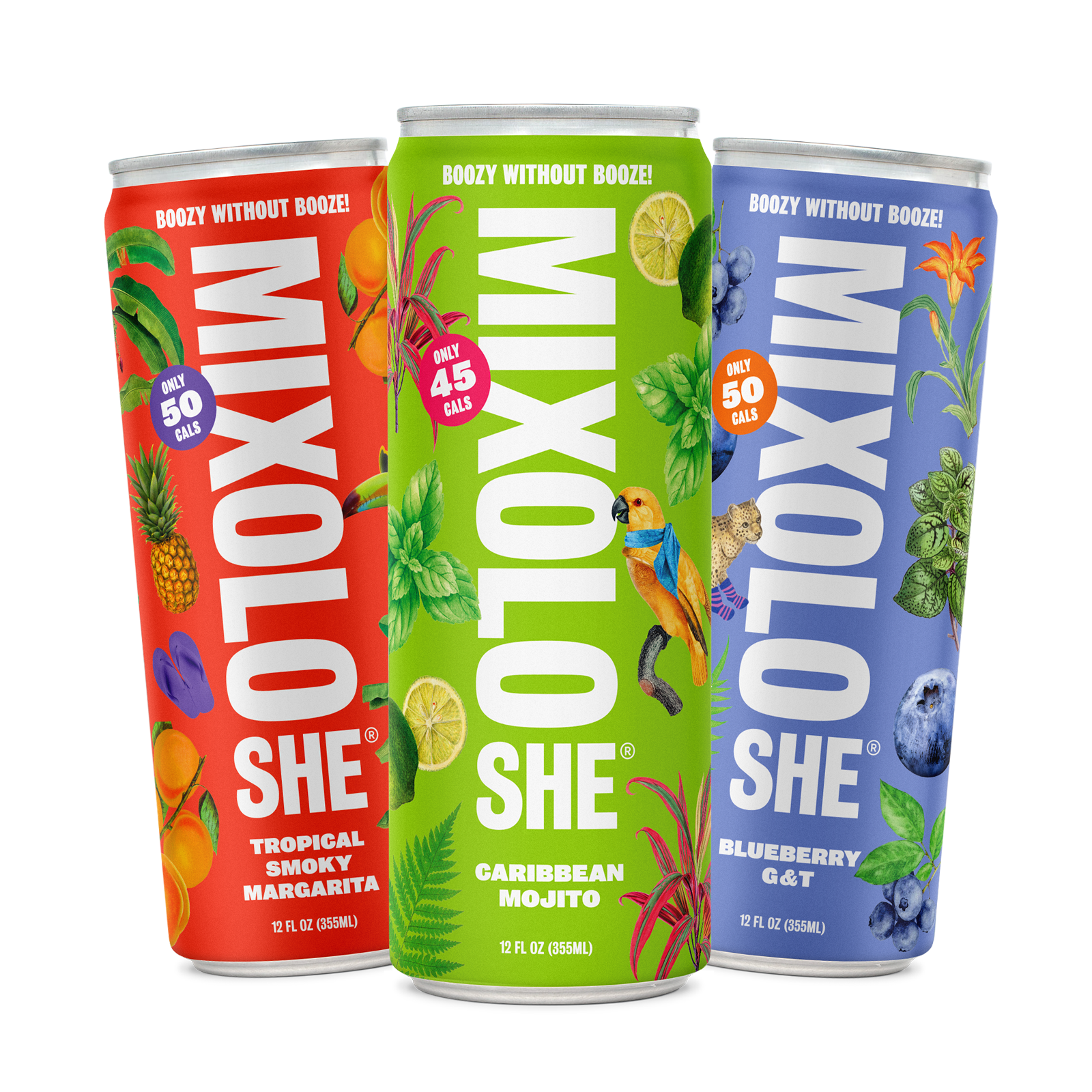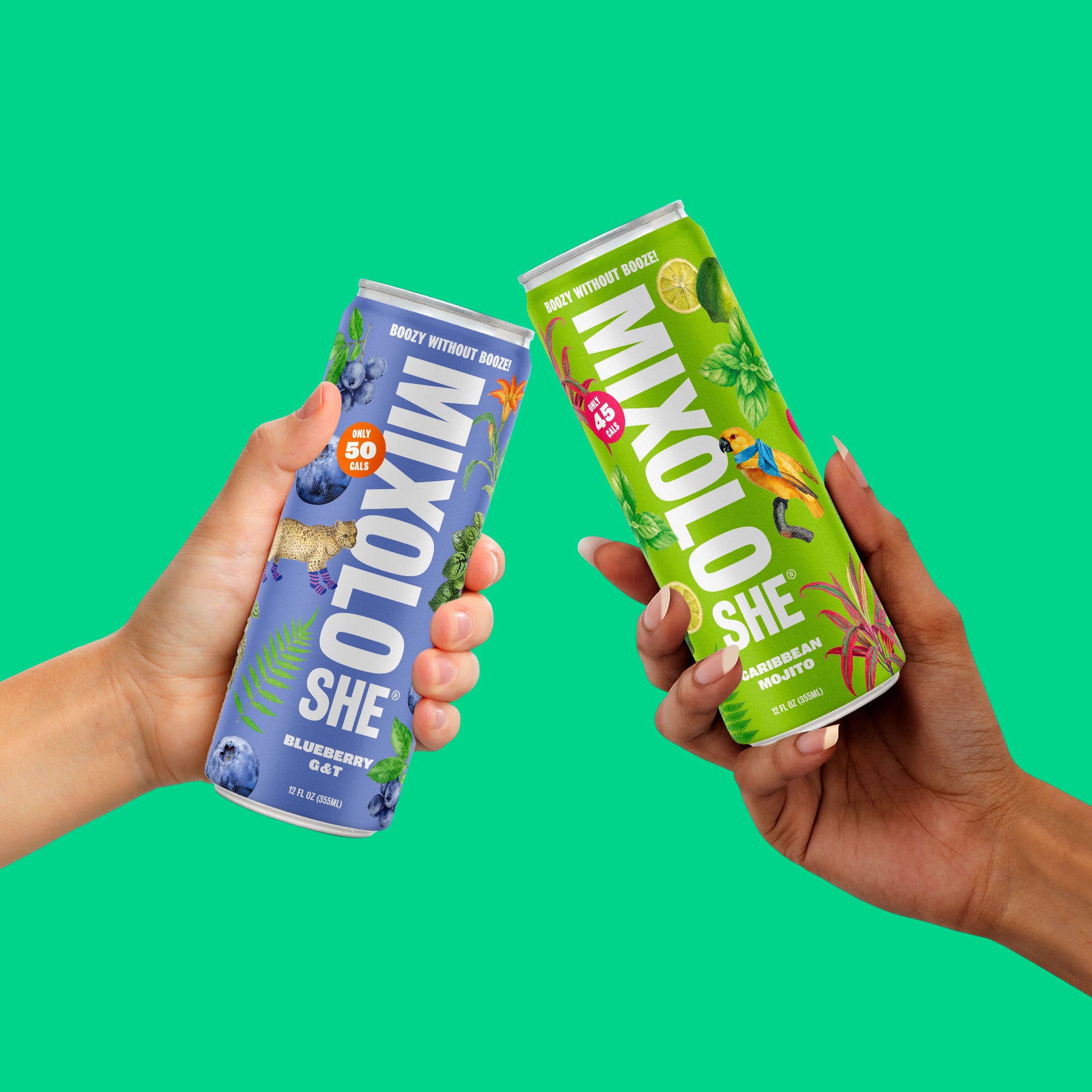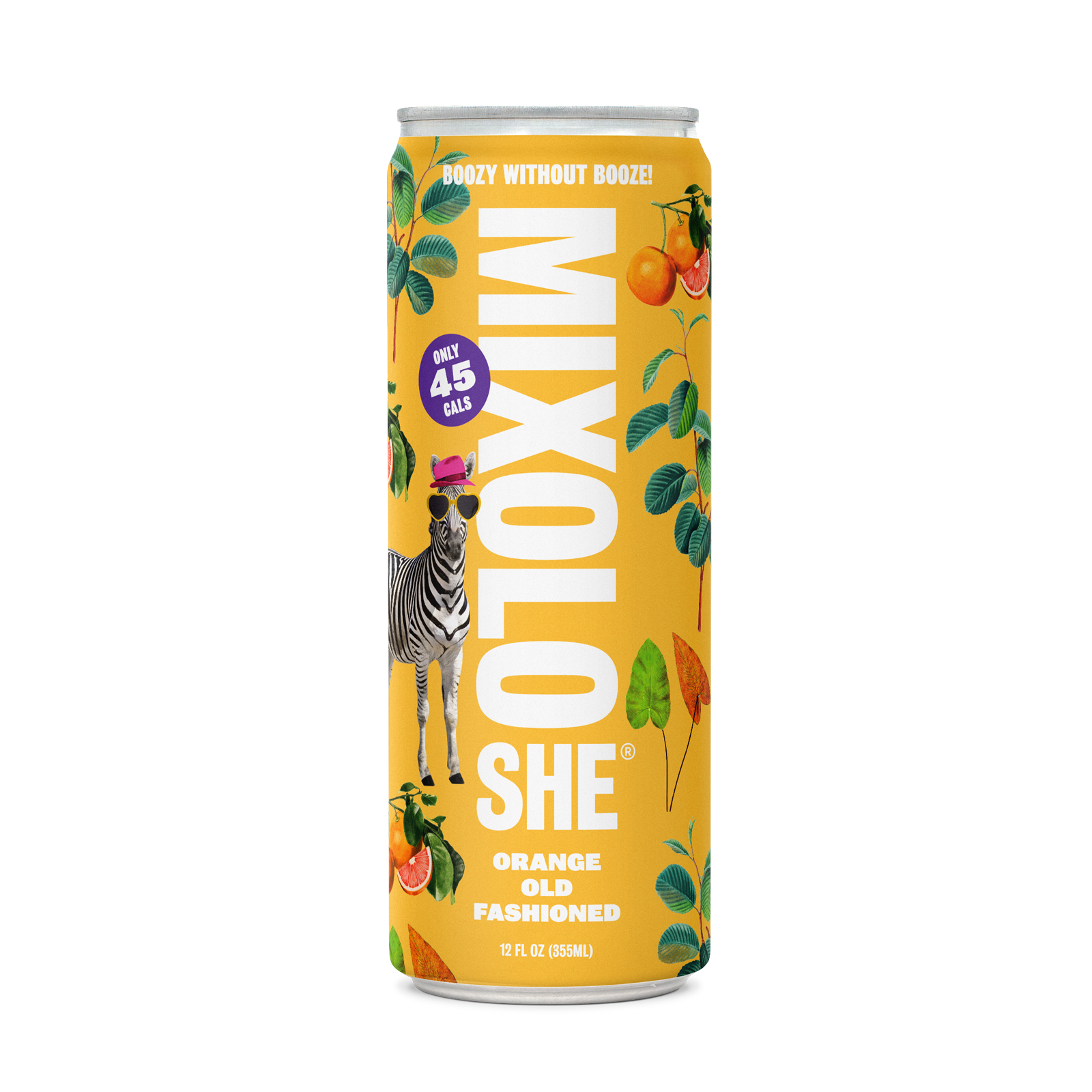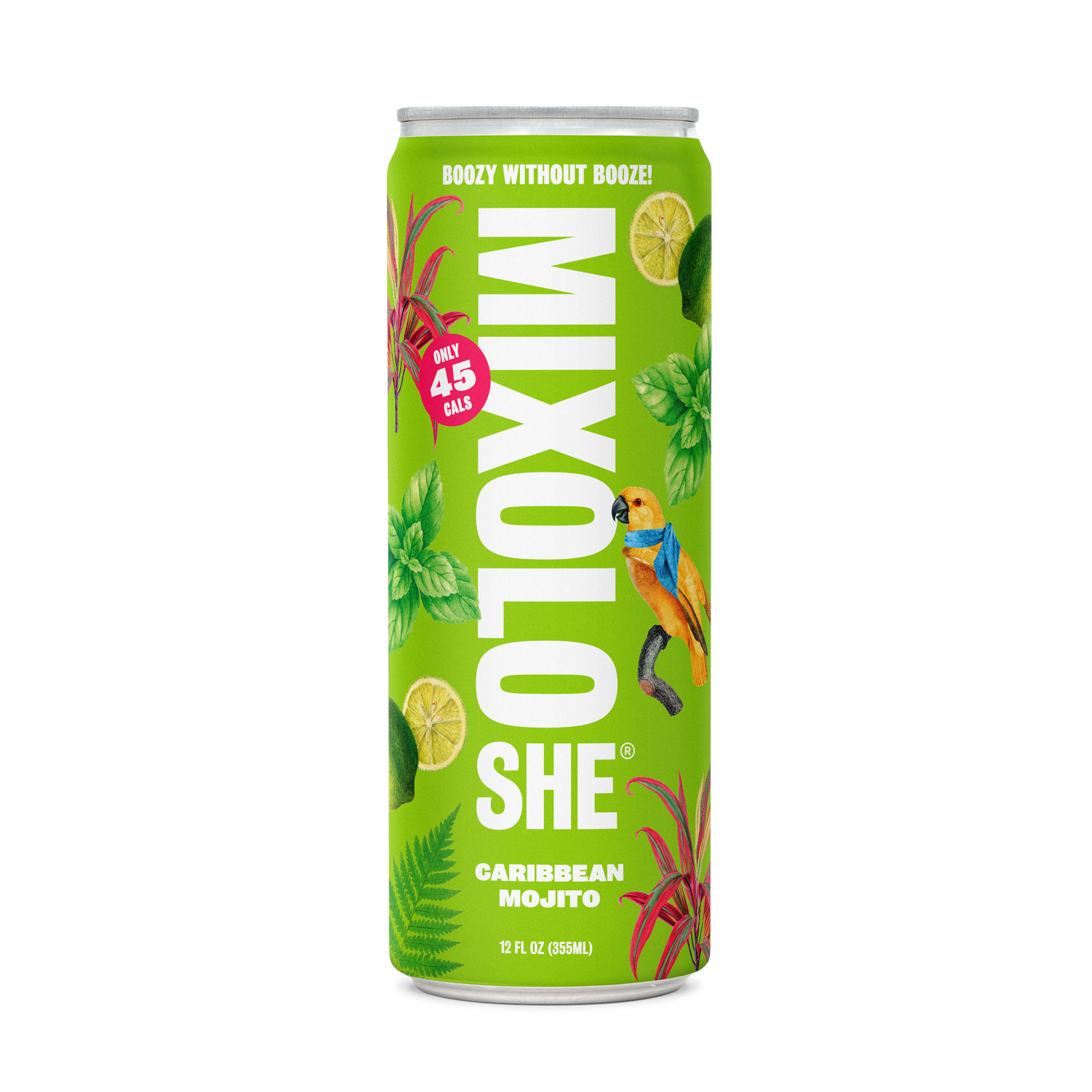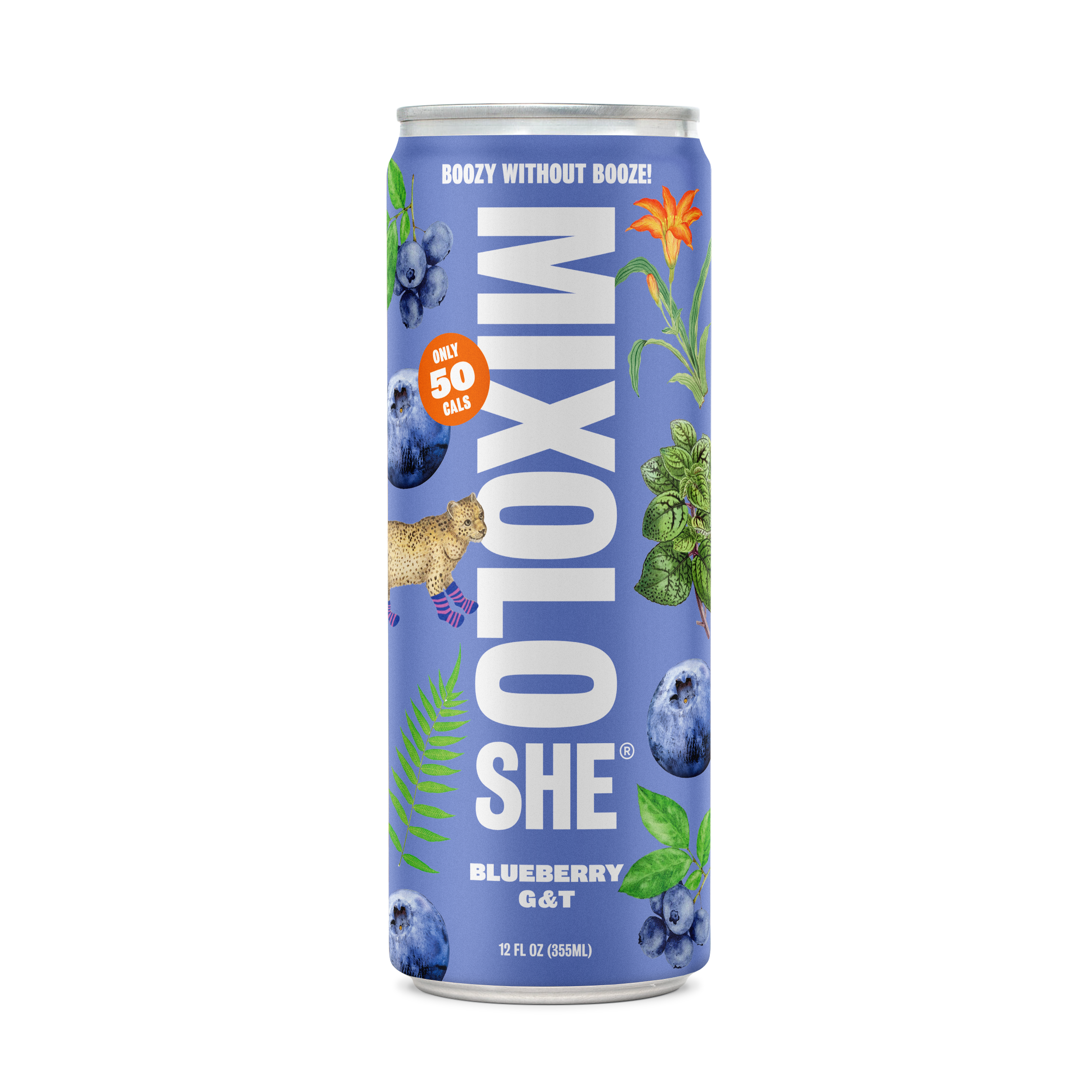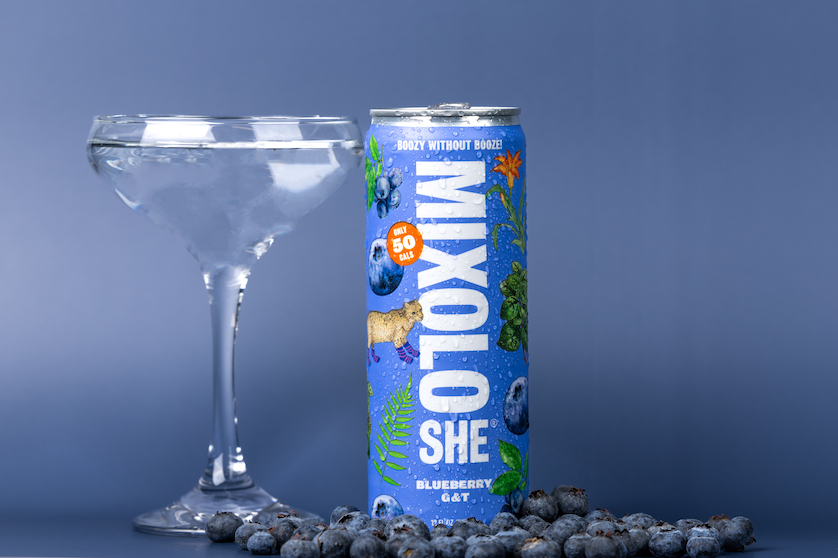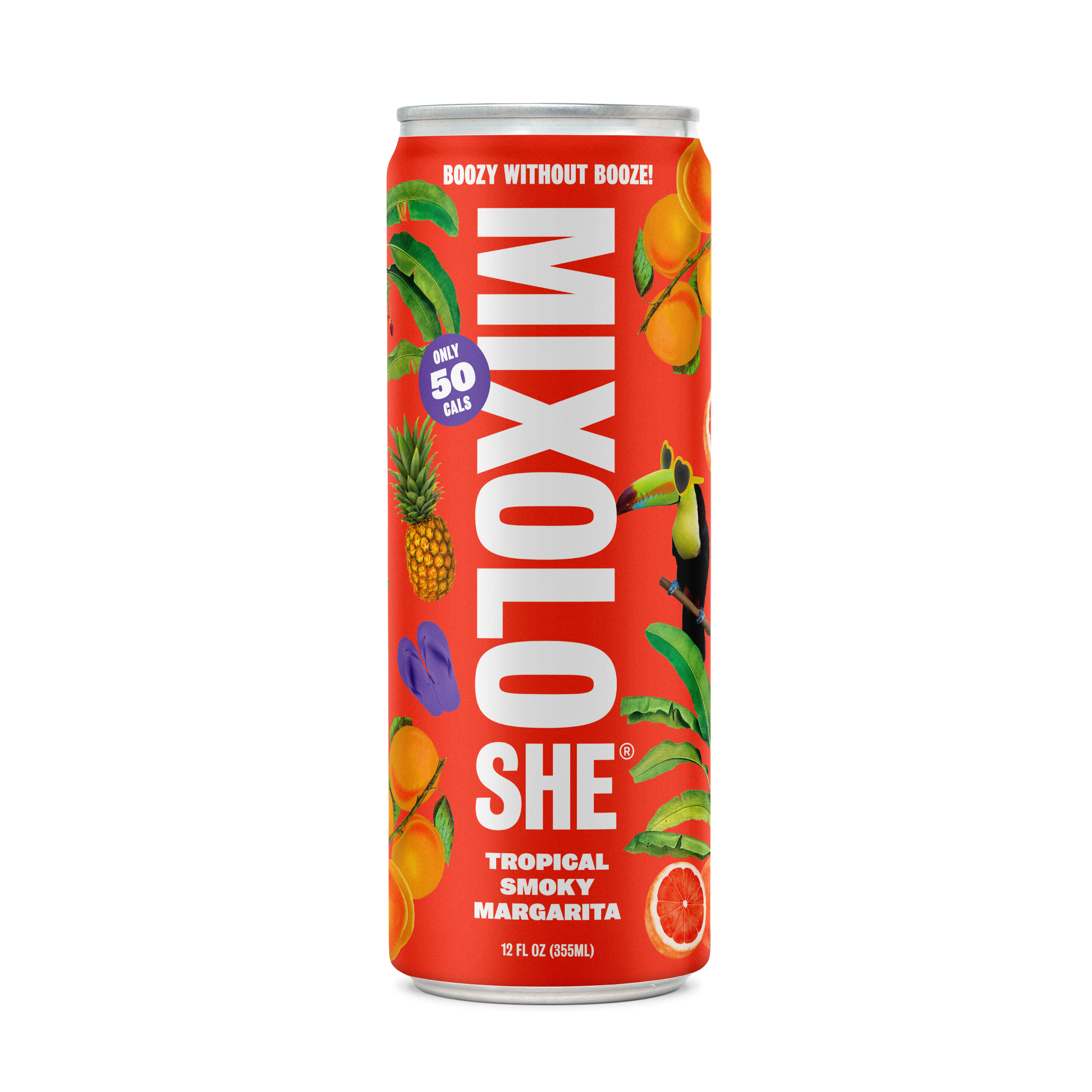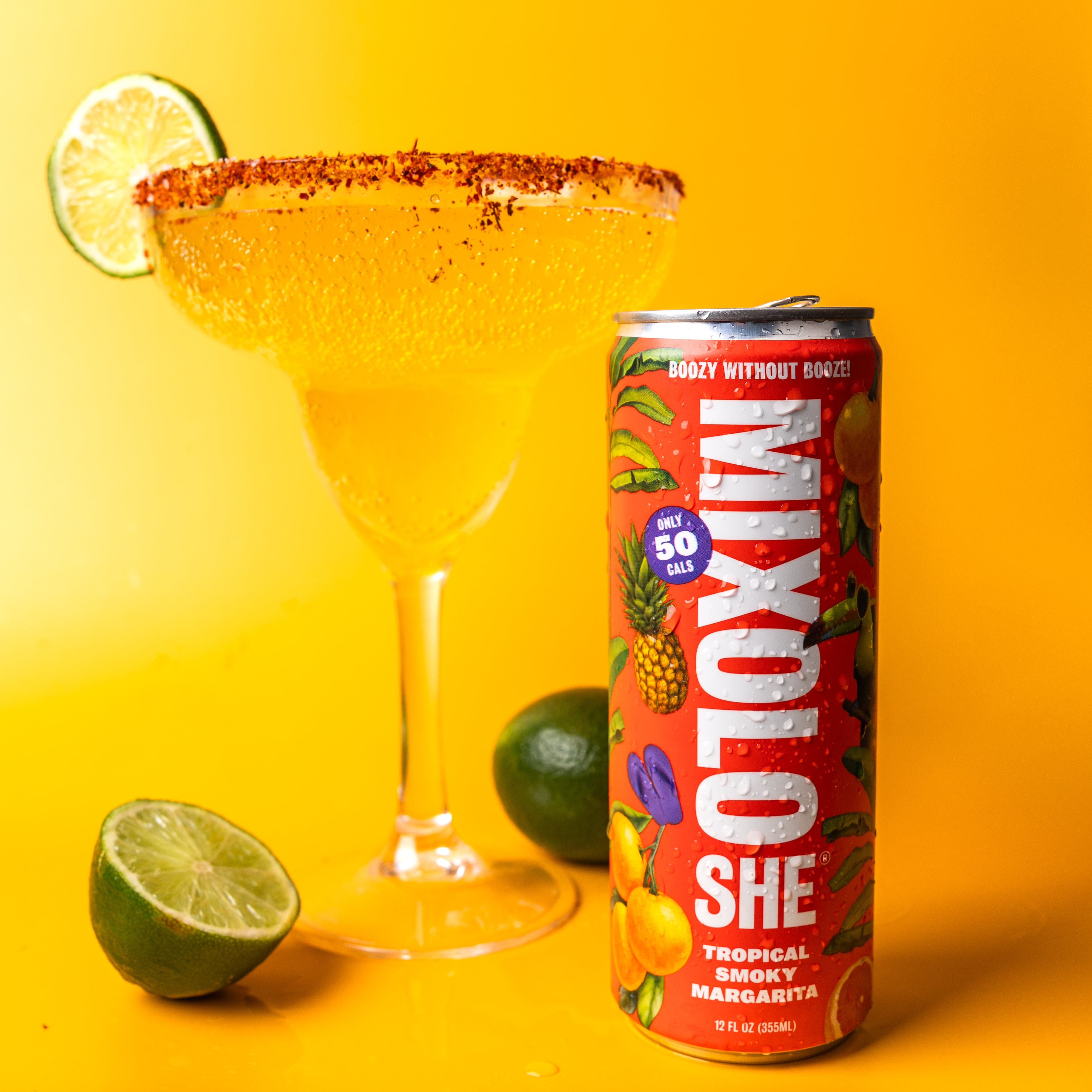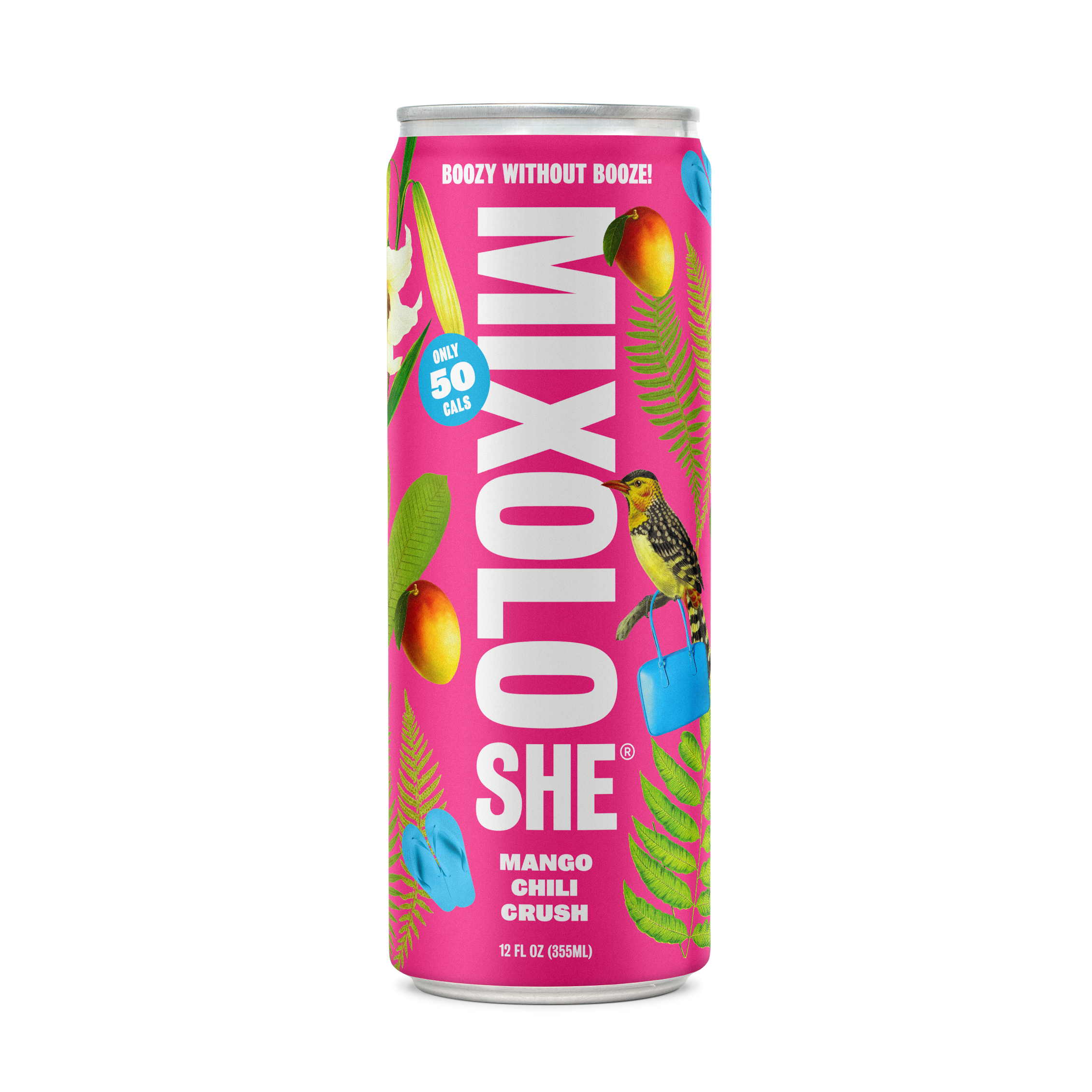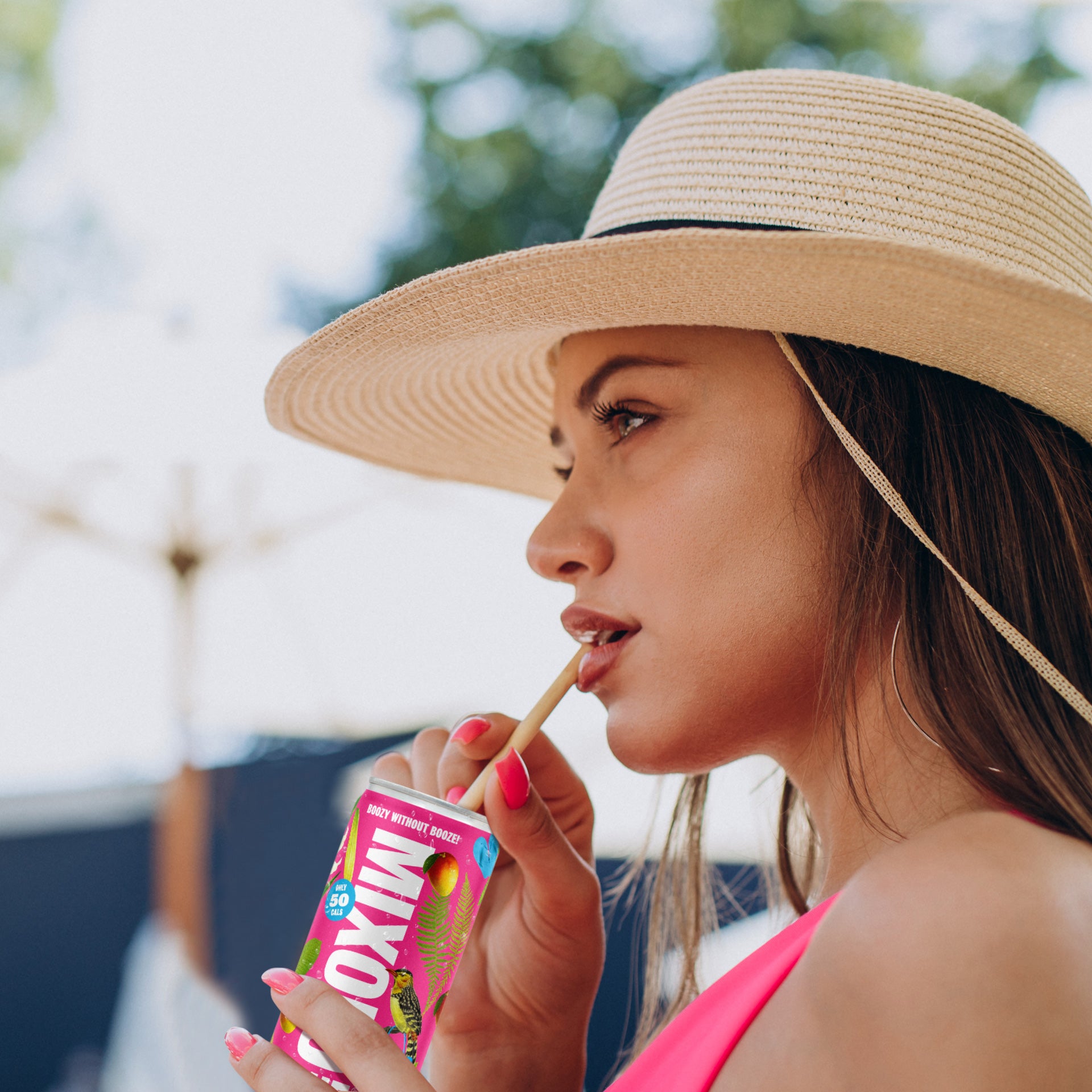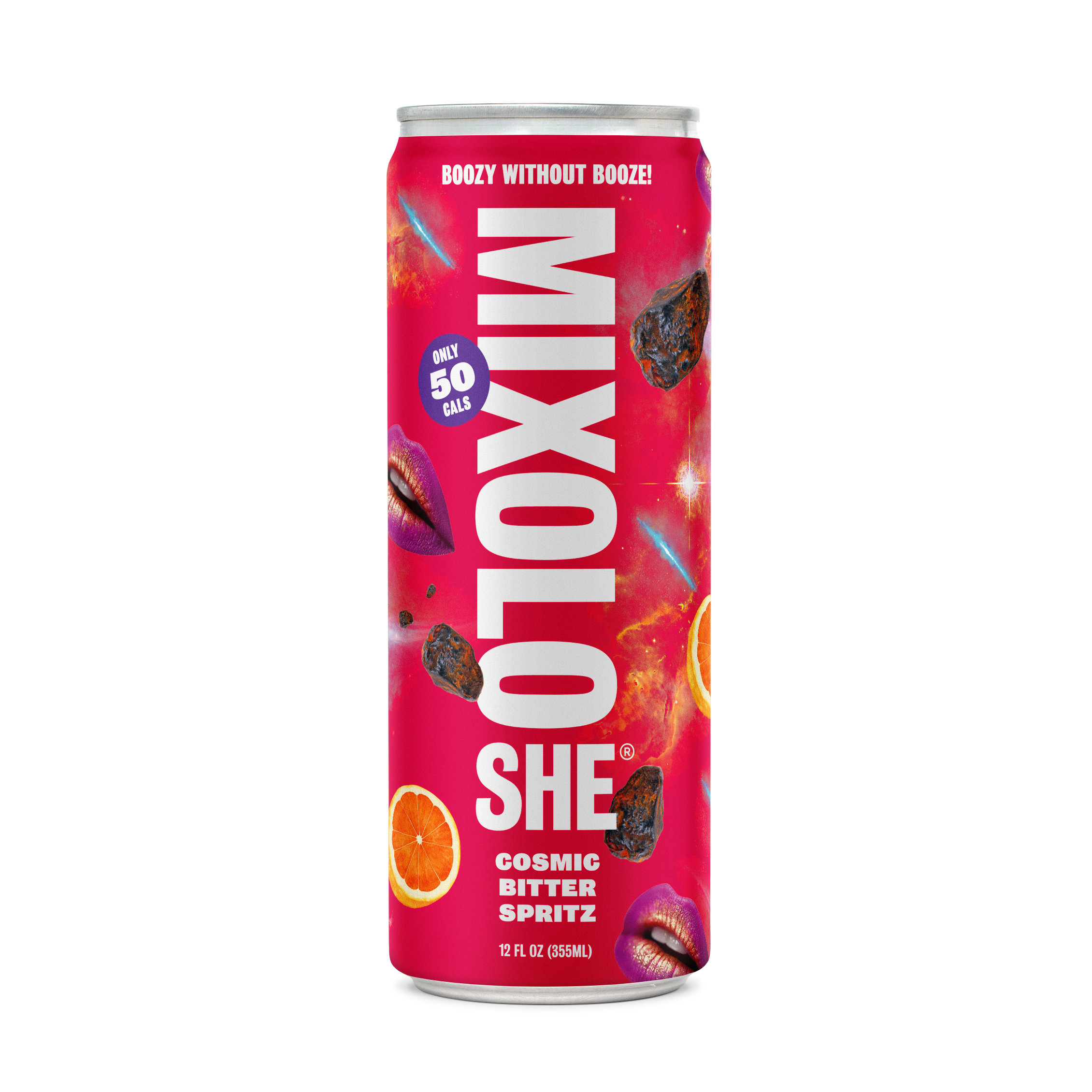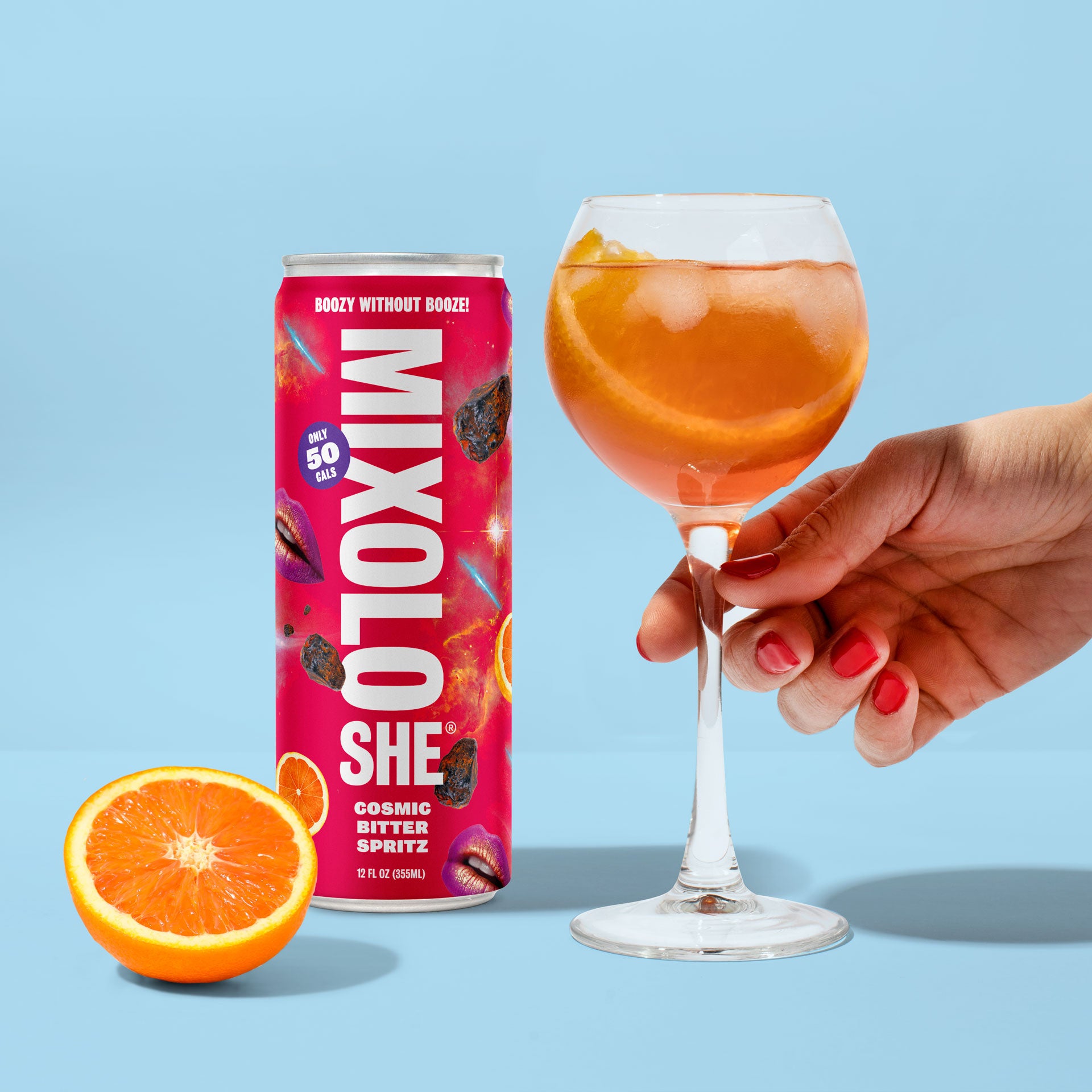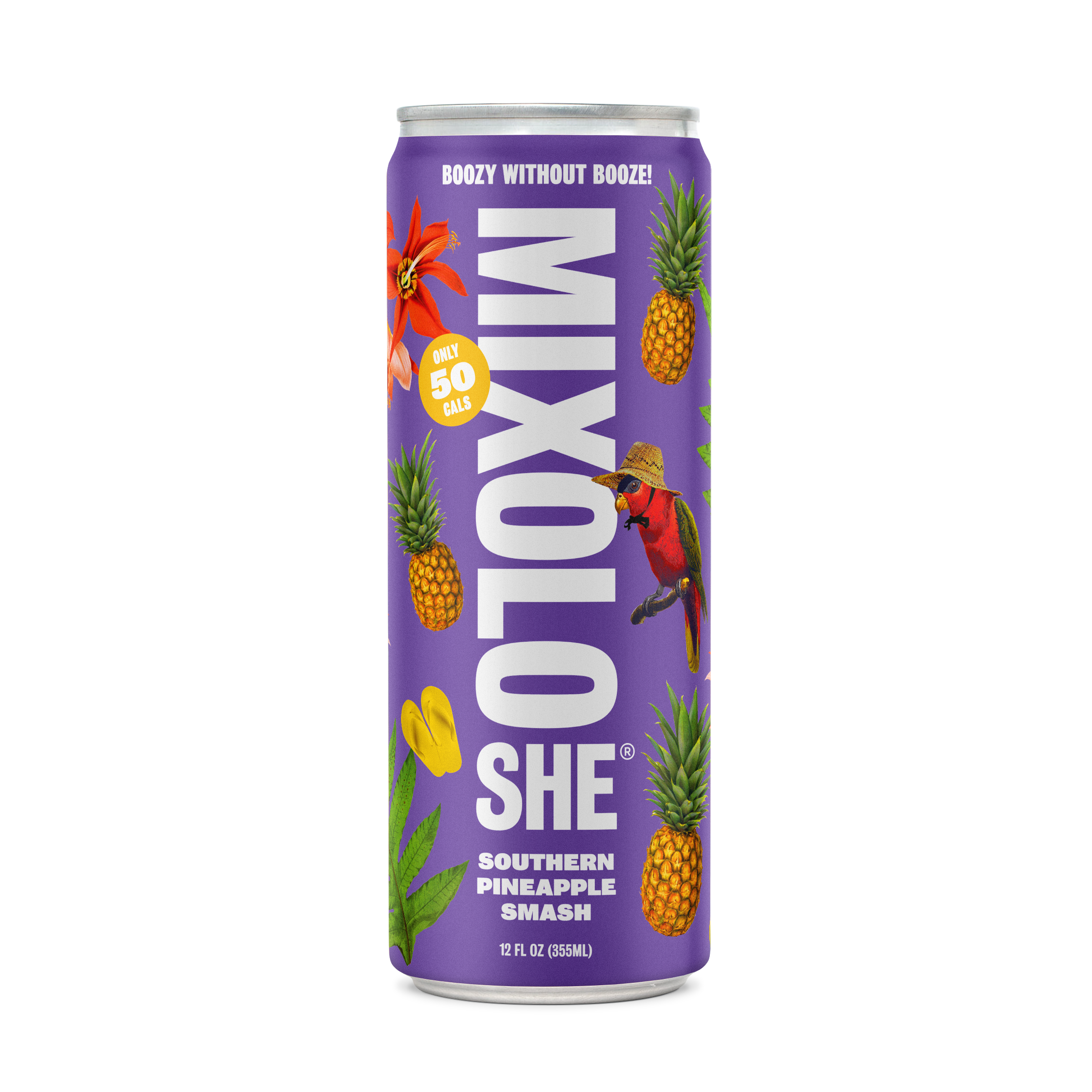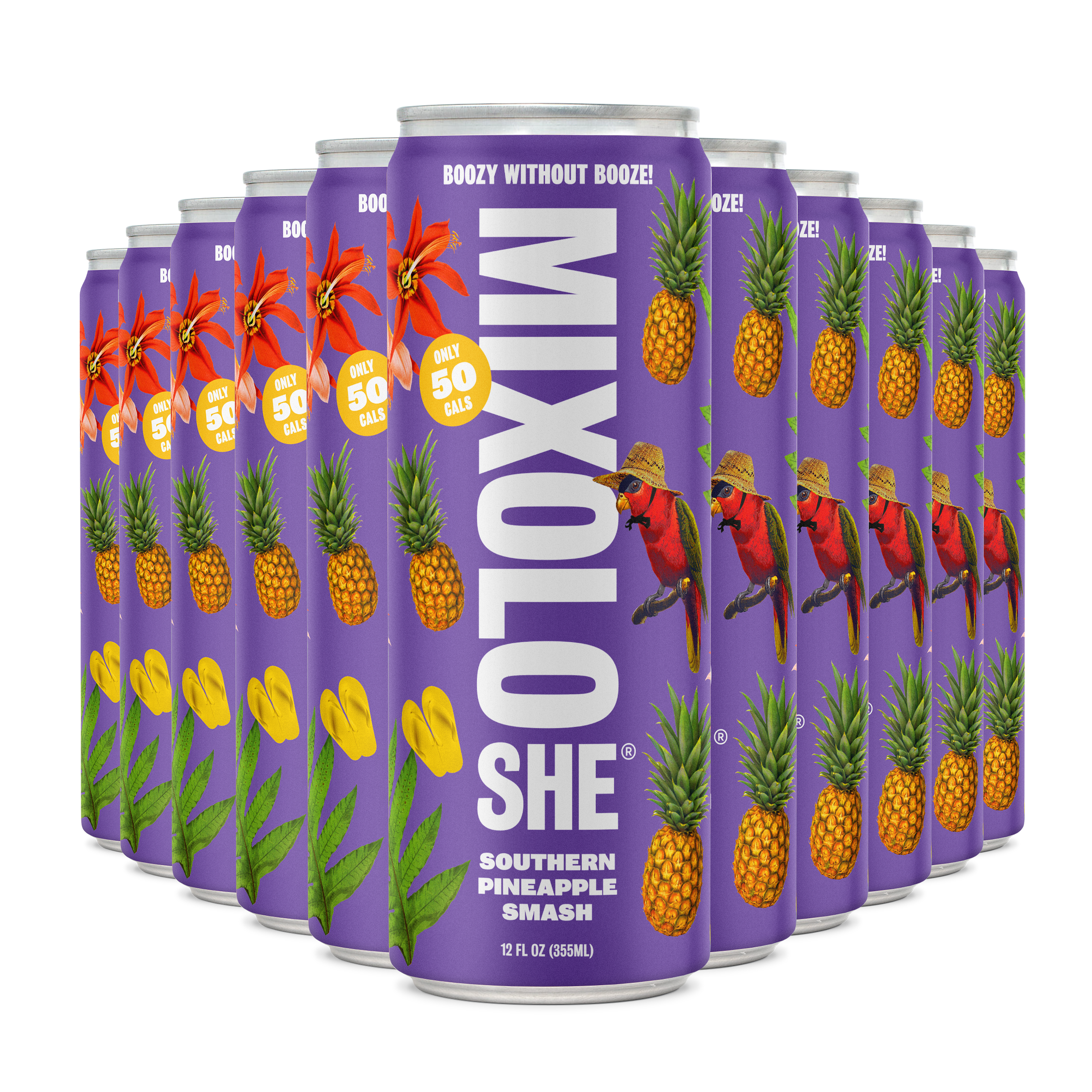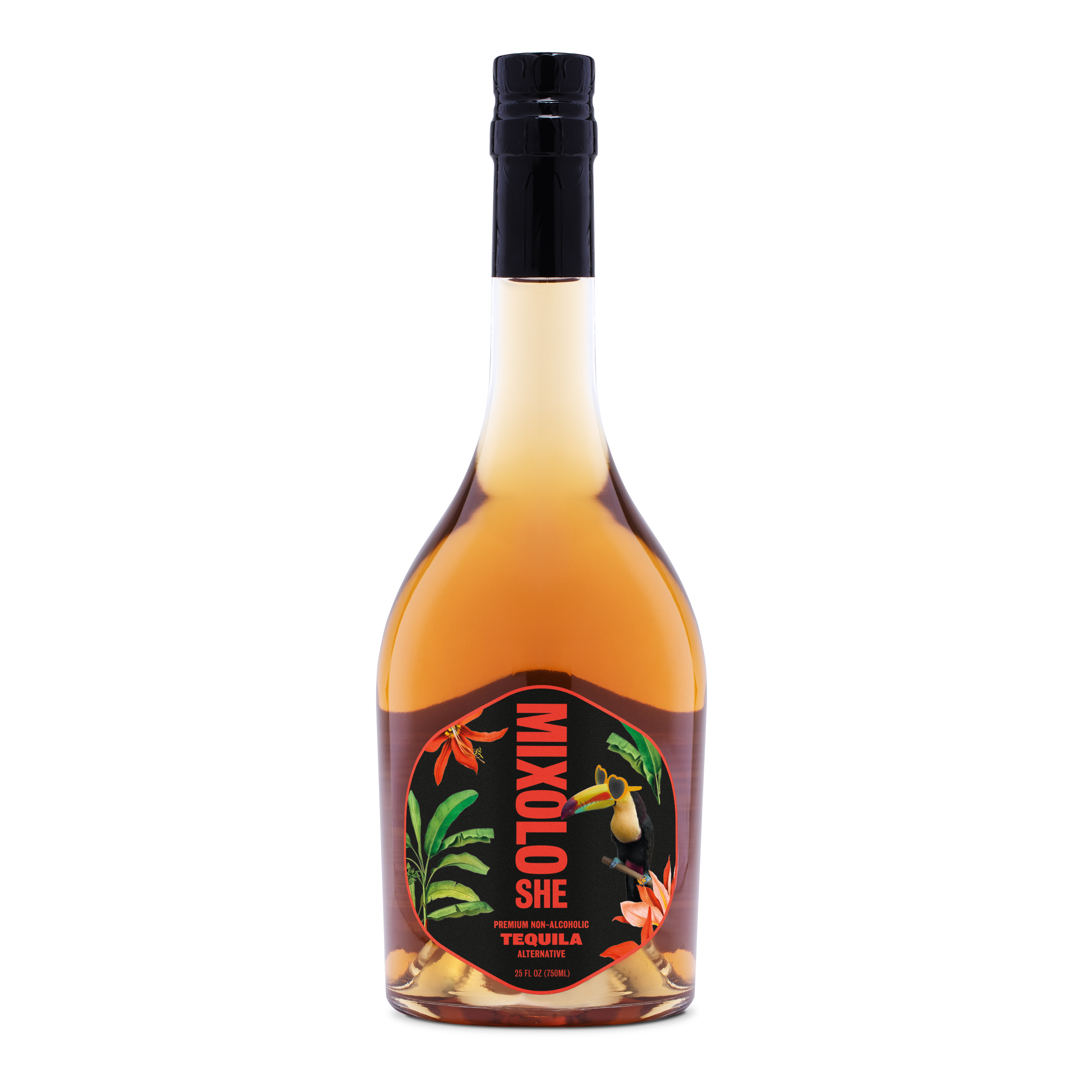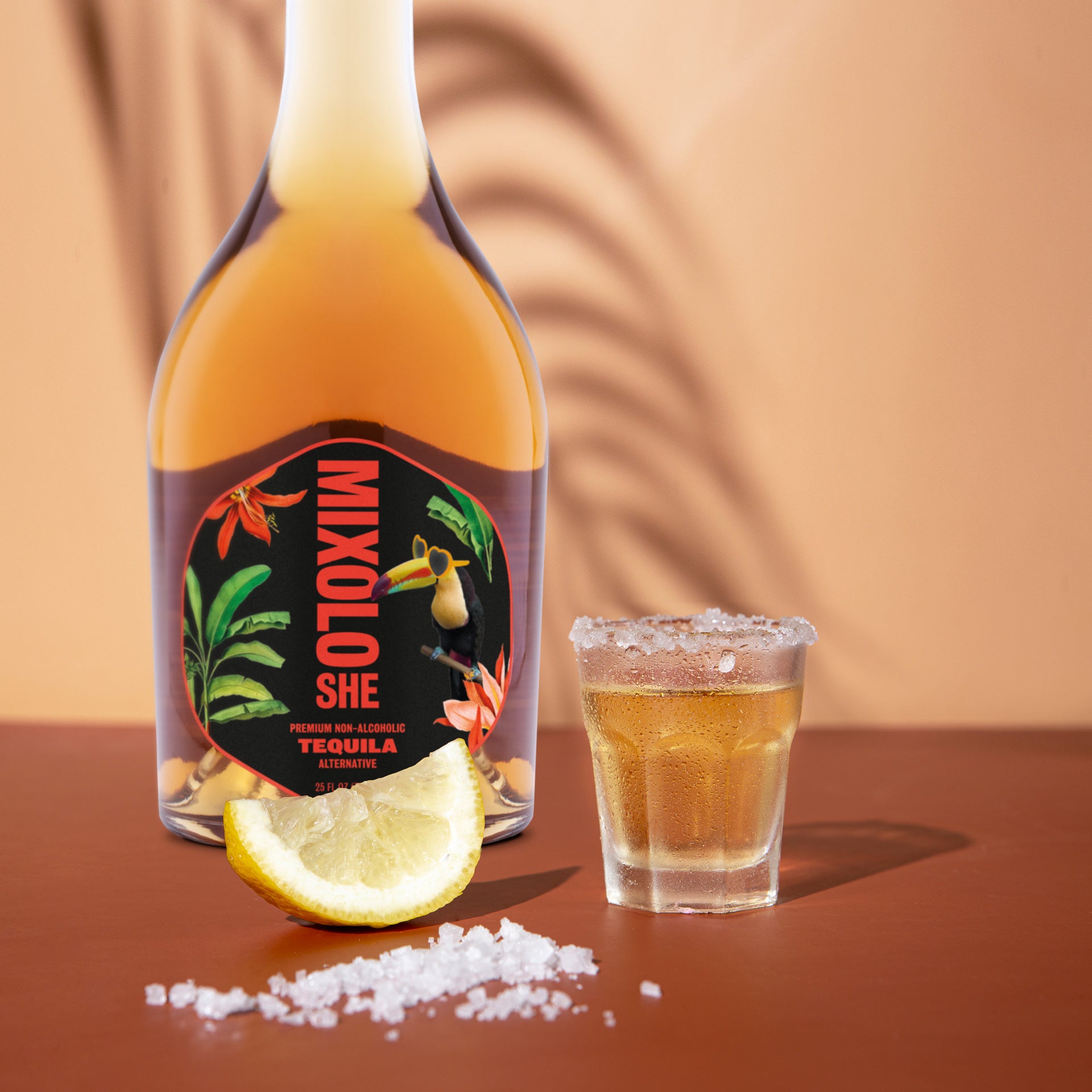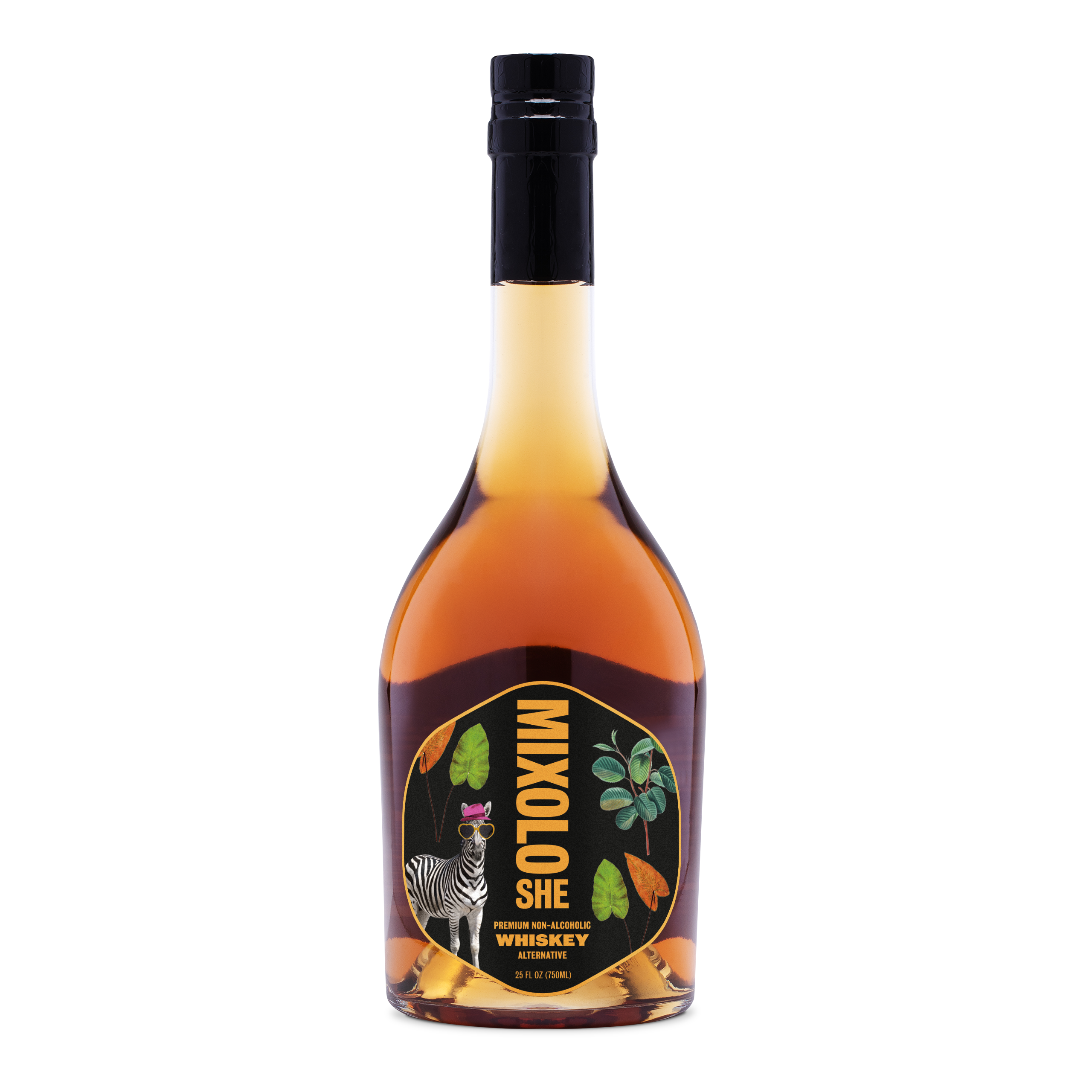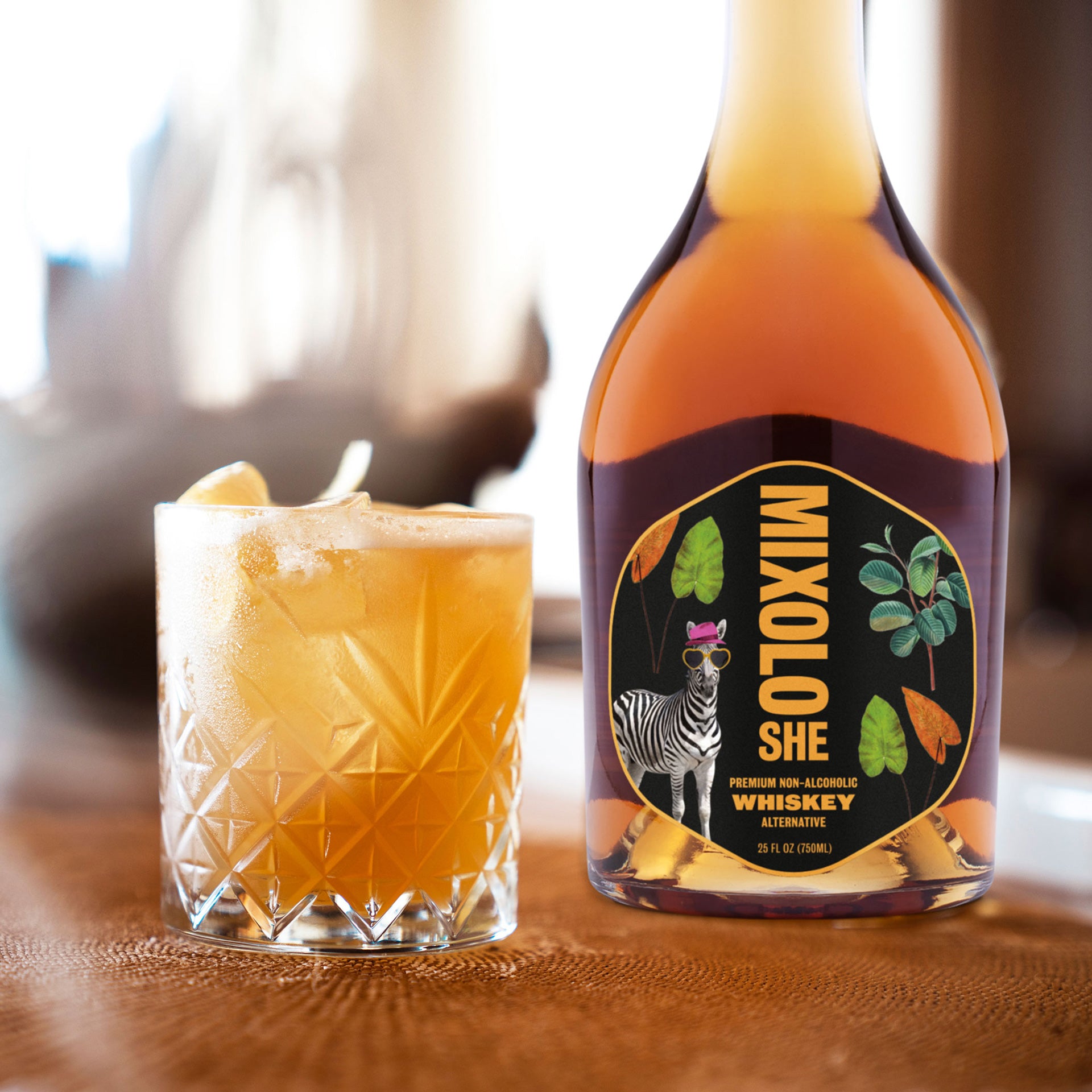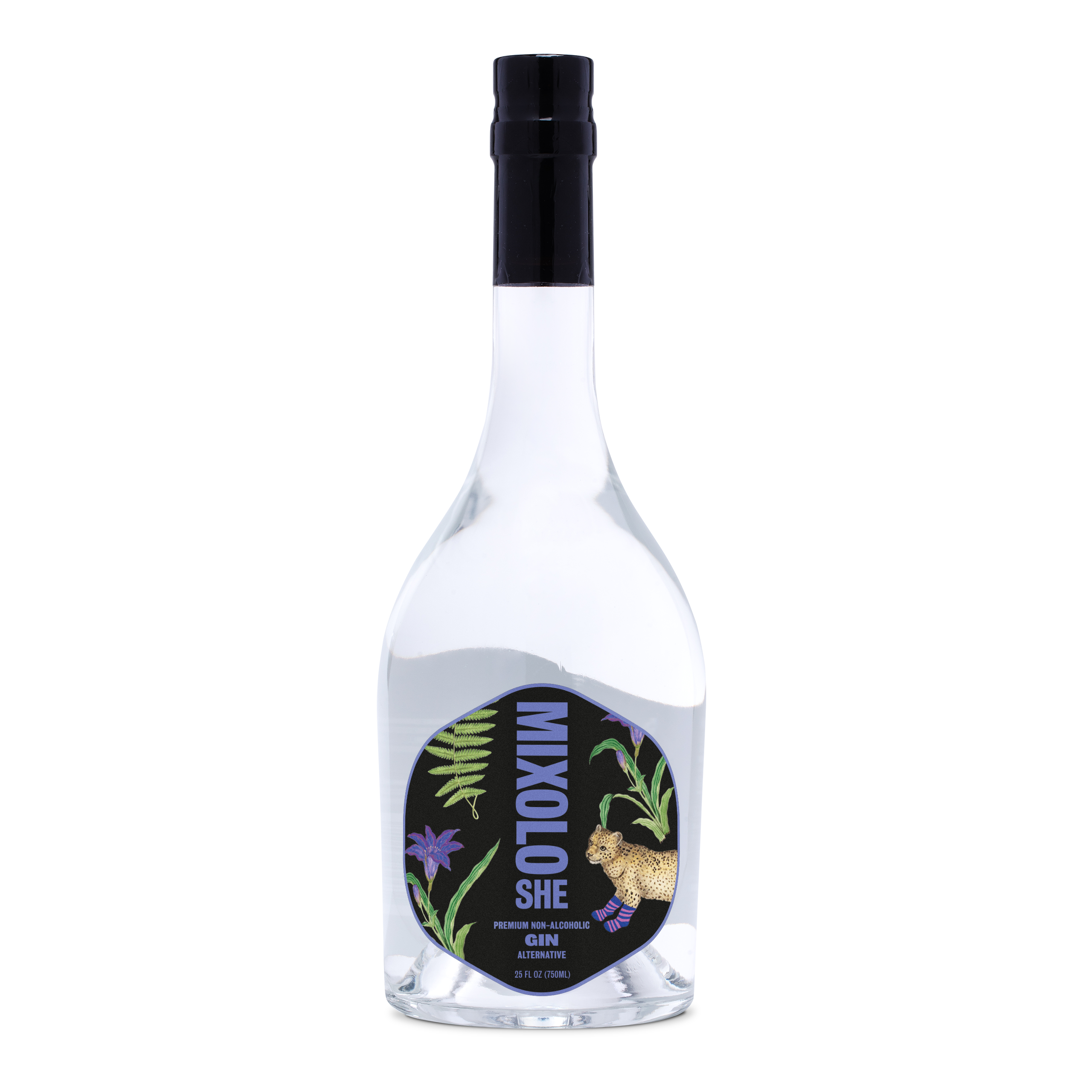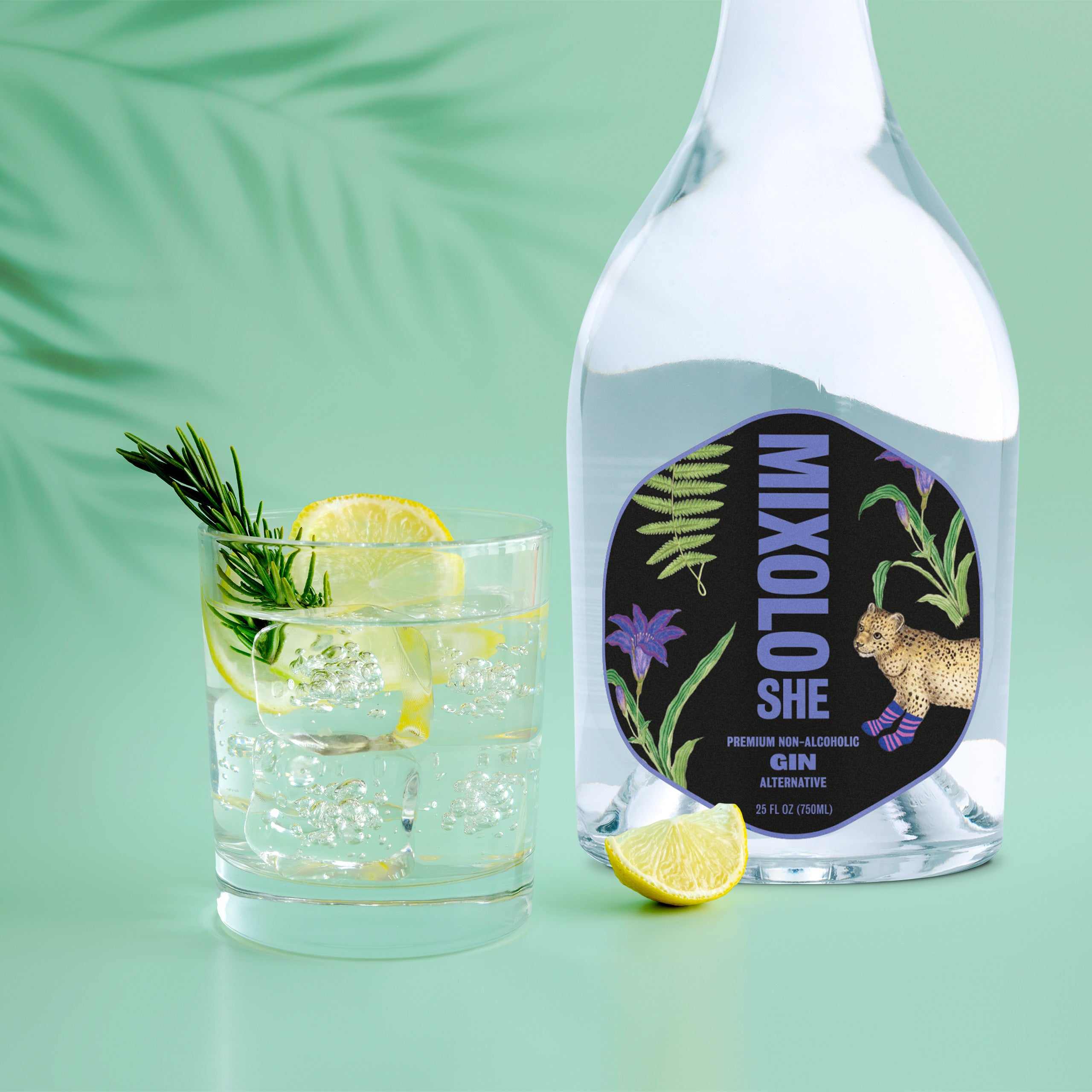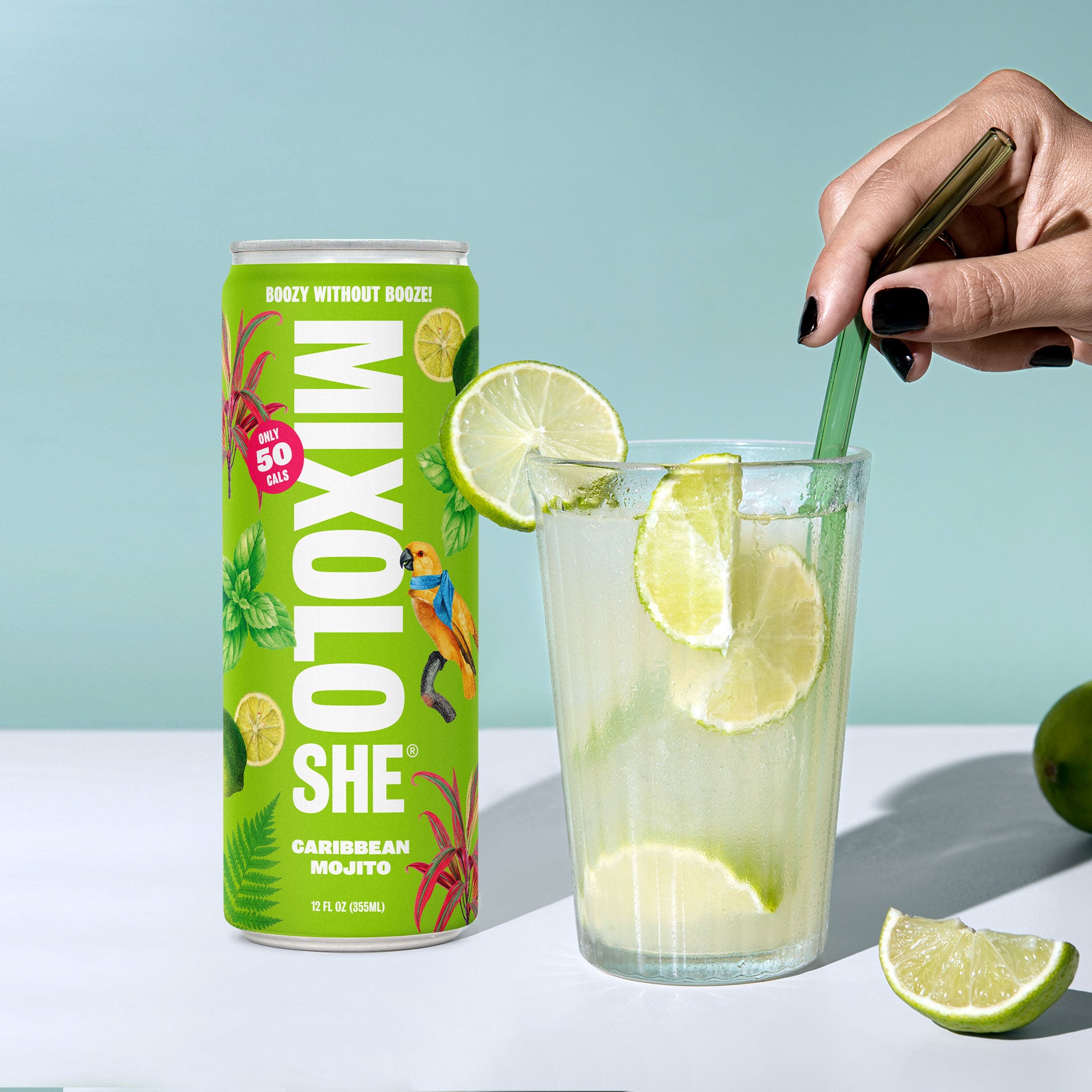The Rise of Non-Alcoholic Spirits: Exploring Alcohol-Free Alternatives
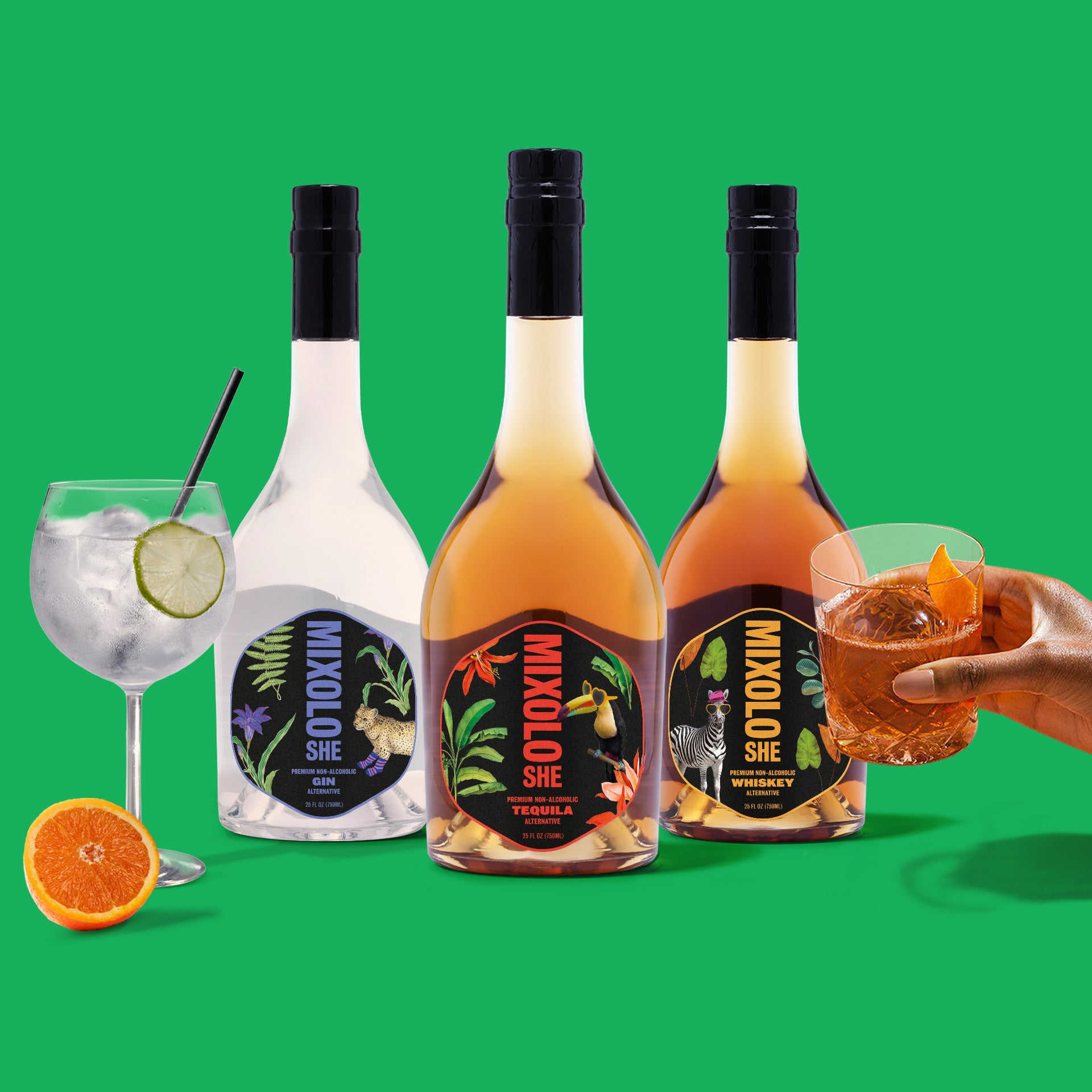
Non-alcoholic spirits have been gaining remarkable momentum in recent years, offering a sophisticated alternative to traditional alcoholic beverages. The industry's evolution traces back to early non-alcoholic beverages, yet today's versions are more innovative and diverse. When we look back at non-alcoholic beverages we start with drinks like O'douls and now we have non-alcoholic tequila or whiskey.
The Growing Market for Non-Alcoholic Spirits
Factors Driving the Popularity
The surge in non-alcoholic spirits is fueled by a growing consciousness towards health and wellness. People are increasingly mindful of their alcohol intake, driven by health reasons and lifestyle choices. Additionally, there's a societal shift towards inclusive drinking options, accommodating those who abstain from alcohol for various reasons such as pregnancy, alcoholism recovery and much more.
Key Market Statistics
The non-alcoholic beverage market has seen a significant uptick, with impressive growth rates and promising forecasts. Consumer demographics reveal a wide range of interest, spanning different ages and lifestyles, indicative of the sector's broad appeal. For example, let’s look at New York City where Jungle Bird has an extensive menu featuring zero proof beverages.
The Diversity of Non-Alcoholic Spirits
Types of Non-Alcoholic Spirits
This sector includes alcohol-free versions of gin, whiskey, and other classics, alongside innovative creations that defy traditional categories. These alternatives cater to a diverse palate, offering something for every taste preference.
How They Are Made
The production of non-alcoholic spirits involves unique processes and technological advancements. Techniques like distillation and reverse osmosis are employed to mimic the taste and complexity of alcoholic spirits, without the alcohol content.
Removal of Alcohol from Traditional Beverages
Distillation: Some non-alcoholic beverages start as regular alcoholic drinks. The alcohol is then removed through a process like distillation. In this method, the liquid is heated, and since alcohol evaporates at a lower temperature than water, it can be separated from the rest of the ingredients.
Vacuum Distillation: This is a gentler form of distillation that occurs under reduced pressure, allowing the boiling point of alcohol to be lower, thereby preserving more of the original flavors.
Reverse Osmosis: In this process, the beverage is forced through a membrane that allows water and alcohol to pass through but retains the larger molecules that give the drink its flavor. The alcohol is then separated from the water, which is added back to the retained flavor compounds.
Creation of Alcohol-Free Recipes from Scratch
Blending Non-Alcoholic Ingredients: Some non-alcoholic spirits are created by blending various non-alcoholic ingredients, such as botanicals, herbs, spices, and water. These ingredients are often steeped or infused to extract flavors.
Fermentation with Limited Alcohol Production: Certain non-alcoholic drinks use a fermentation process similar to traditional brewing but are formulated to prevent the formation of significant alcohol content. This technique often involves using special yeasts or controlling the fermentation environment.
Use of Alternative Bases: Some non-alcoholic beverages use bases other than fermented grains. For example, they might use tea, fruit juices, or other non-alcoholic liquids as a foundation to build flavors upon.
Flavoring and Finishing
Flavoring with Botanicals and Essences: Many non-alcoholic spirits are flavored with a range of botanicals, essences, and extracts to achieve a taste similar to their alcoholic counterparts. This can include juniper for gin-like flavors, or oak essences for a whiskey-like profile.
Carbonation: For drinks like non-alcoholic beers or sparkling wines, carbonation is added to replicate the mouthfeel and sensation of traditional alcoholic versions.
Adjusting Acidity and Sweetness: The balance of acidity and sweetness is often fine-tuned to mimic the complexity and mouthfeel of alcoholic beverages.
The production of non-alcoholic beverages is a rapidly evolving field, with continuous innovations and improvements in techniques to better replicate the taste and experience of alcoholic drinks. This advancement is driven by growing consumer demand for high-quality, alcohol-free alternatives.
The Role of Non-Alcoholic Spirits in Social Settings
Changing Social Norms
Non-alcoholic spirits are changing the landscape of social drinking. Their acceptance in bars, restaurants, and gatherings highlights a shift in drinking culture, promoting inclusivity and choice.
Notable Brands and Their Contributions
Certain brands have been instrumental in popularizing non-alcoholic spirits. From small artisanal producers to larger established brands, these companies have played a pivotal role in the industry's growth.
The rise of non-alcoholic spirits marks a significant shift in consumer preferences and social habits. As the industry continues to grow, it is poised to become a staple in the beverage market, offering exciting possibilities for the future just take a look at the Zayn backed mocktail brand Mixoloshe.
